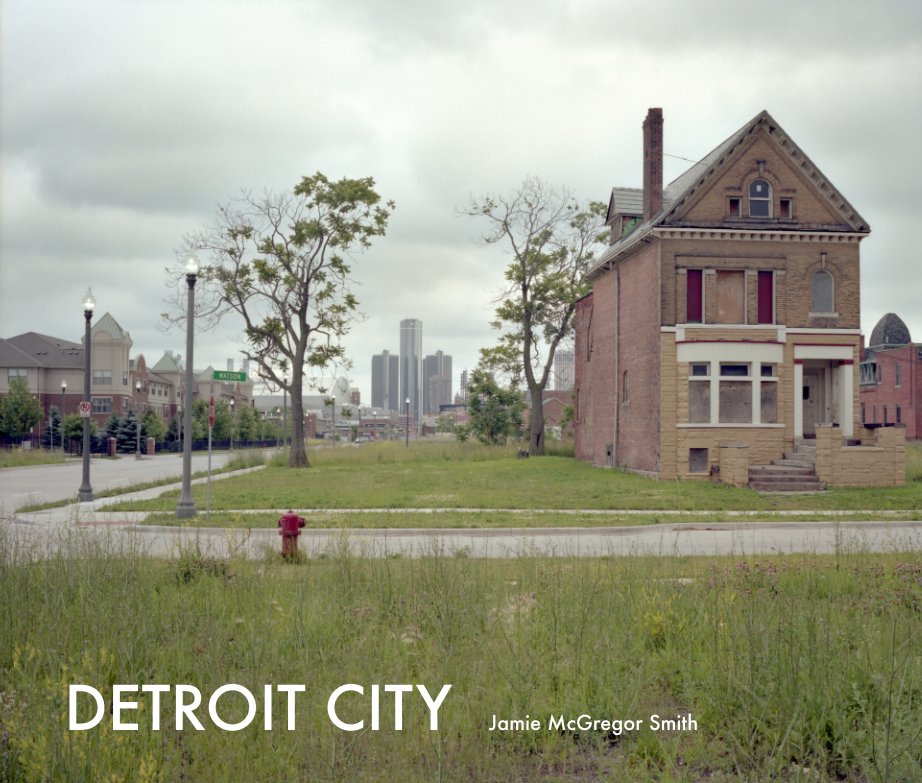This book is available to buy on Amazon
About the Book
Detroit has often been the focus of articles observing its slow and regressive contraction, going back to scenes of some of Americas first race riots in 1969. Although this has been blamed for the slow and relentless trickle of its white middle class inhabitants to beyond the apparent safety of its eight mile city limits, the seeds where planted long before by post war urban planners.
With the aid and functionality of new affordable cars, people where sold on a private, near effortless life style within satellite towns and suburban communities - a trend that was seen across America and generally forms our image of the American dream.
It was naïvety to foreign competition not racial intolerance that effected Detroit’s growth in the 80’s and 90’s and an emerging global car market quickly capitalised.
With a global recession now mounting a blow that even the best automobile futurist couldn’t have predicted, where does this leave a city so reliantly entwined in a floundering industry and does this example predict future of industrial cities globally.
Social change and the adoption of landscape for industrial and residential use have always inspired me and Detroit is possibly the finest example of a modern city built out of an industrial revolution, that expanded beyond its sustainable foundations.
Media attention over the American governments bailout of the big three car manufacturers at the beginning of the financial crises, drew me to a landscape that might illustrate the retraction of Americas industrial dominance.
I wanted to observe what effect the industrial decline has on the local landscape and its inhabitants, as well as exploring the efforts of local people and government, in stemming urban and social decline
With the aid and functionality of new affordable cars, people where sold on a private, near effortless life style within satellite towns and suburban communities - a trend that was seen across America and generally forms our image of the American dream.
It was naïvety to foreign competition not racial intolerance that effected Detroit’s growth in the 80’s and 90’s and an emerging global car market quickly capitalised.
With a global recession now mounting a blow that even the best automobile futurist couldn’t have predicted, where does this leave a city so reliantly entwined in a floundering industry and does this example predict future of industrial cities globally.
Social change and the adoption of landscape for industrial and residential use have always inspired me and Detroit is possibly the finest example of a modern city built out of an industrial revolution, that expanded beyond its sustainable foundations.
Media attention over the American governments bailout of the big three car manufacturers at the beginning of the financial crises, drew me to a landscape that might illustrate the retraction of Americas industrial dominance.
I wanted to observe what effect the industrial decline has on the local landscape and its inhabitants, as well as exploring the efforts of local people and government, in stemming urban and social decline
Author website
Features & Details
- Primary Category: Arts & Photography Books
-
Project Option: Large Format Landscape, 13×11 in, 33×28 cm
# of Pages: 112 -
Isbn
- Hardcover, Dust Jacket: 9781367872523
- Publish Date: Apr 14, 2016
- Language English
- Keywords Detroit, Urban, Dereliction, Derelict, USA, industrial, documentary, Michigan, Social change, decline, abandoned, landscape, urban landscape
See More

